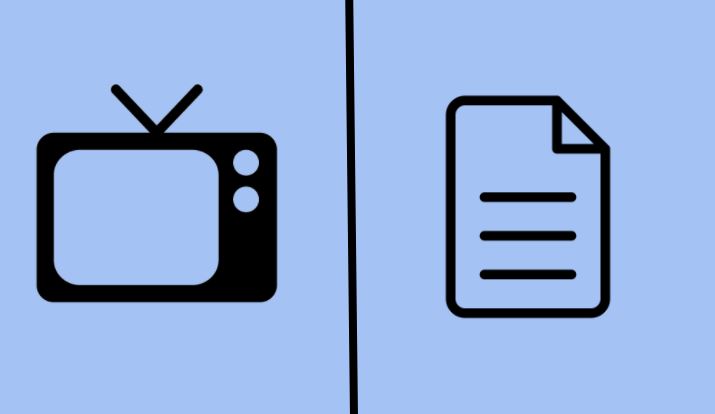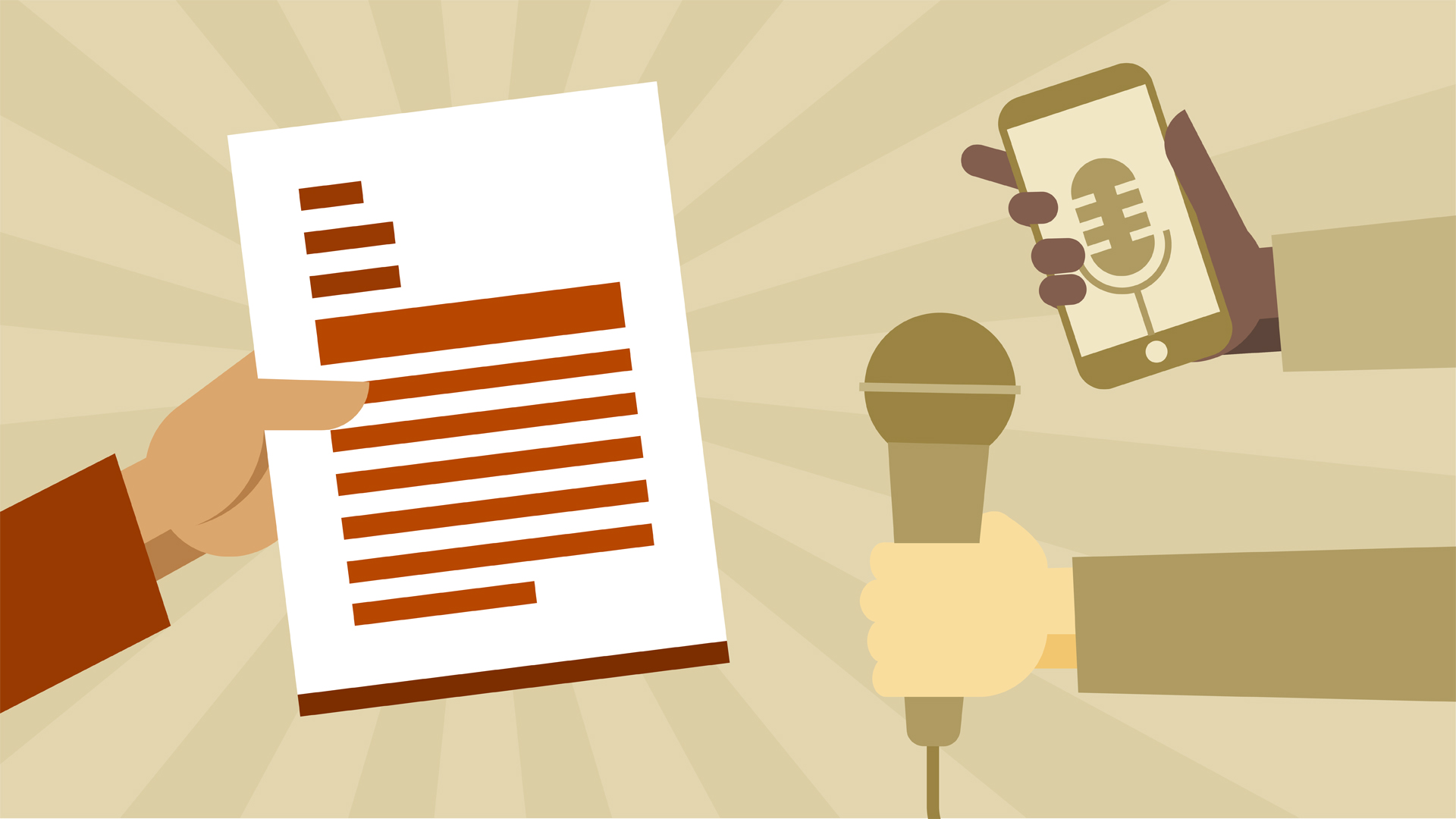Spreading the word about your company raises its visibility. As part of your public relations strategy, you will create a media kit and a distribution plan for media advisories and press releases, also known as media releases. A well-planned public relations strategy comprises both media advisories and press releases.
In this blog article, we'll focus on press releases and media advisories in particular, since these are two tools that businesses can utilize to increase brand recognition, boost website traffic, create leads, and more.

043 Press Release vs Media Advisory
What Is A Press Release?
A press release is a captivating and brief news article created by a public relations specialist and disseminated to specified media outletsto announce something newsworthy.
A press release's objective is to get coverage from relevant outlets and keep a company's target audience informed.
Important news can be covered in press releases, such as:
- The publication of a special report
- A corporate landmark
- Announcing or launching a new product
- A fresh round of fundraising has begun.
- The appointment of a new executive
- and a lot more
Press releases, regardless of the announcement, should explain the who, what, where, when, why, and how.
The basis of the inverted pyramid is made up of the 5 W's + How, which are usually referred to as the 5 W's + How.
The inverted pyramid is an important element of the entire press release format jigsaw, which works together to optimize a company's ability to reach not just its target audience, but also the media.
What Is Media Advisory?
A media advisoryis a one-page summary of a forthcoming event.
It is a special invitation delivered to media representatives that contains just the most crucial information about the event. Media advisories are intended for the media, with the intention that they will not only attend but also pass on the information to their audience. As a result, it is crucial data in an easy-to-read manner with no excess.
Media advise, unlike a news release, does not provide the entire narrative.
It's comparable to an invitation written in the following format:
- Getting in Touch
- A brief summary
The 5Ws:
- Who
- What
- When
- Where
- Why
For Example:
Who: Author John Smith
What: Virtual book talk online
Where: URL
When: Day, date, time, including time zone
Why: The author will be launching their new book about X topic and answering questions from the audience.
The Difference Between Press Release And Media Advisory
Purpose
A media advisory, also known as a media alert, invites the media to an event hosted by the firm, such as a press conference, grand opening, or presentation. It's an invitation to an event that may or may not be available to the general public.
A press release to the media provides information about the company, such as the launch of a new product or the sponsorship of a charitable event. For corporate events, both press releases and media advisories can be employed.
Length
A press release can be up to two pages long, although one-page releases tend to be the norm. The format begins with "Press Release" at the top and continues with contact information for the right person and the date of the release or a reference to "For Immediate Release." The opening paragraph is preceded by a snappy headline and a dateline.
A media advisory is much shorter in length. At the top, it says "Media Advisory" and includes contact information. The event is the headline. The first paragraph is quite brief and provides event specifics such as venue, time, and so on. It may also contain directions to the facility, parking information, and if refreshments or a meal will be offered.
Distribution
Because the media advisory is an invitation, it is distributed to members of the press who are most likely to attend. A press release is distributed to a larger audience. For example, the alert may be distributed to all local television stations, while the press release would be distributed to those organizations, as well as newspapers, magazines, and radio stations. A media advisory may be distributed to local media, whereas a press release may be distributed to both local and national media.
Timing
Typically, media advisories are given twice: first a few weeks before the event and again a day or two before the event as a reminder. Press releases that aren't related to an event are distributed as needed; time isn't as critical as it is with media advisories.
Final Thoughts
As a public relations expert, you must understand the distinction between the two activities in order to know when to employ each.
Do you wish to publicize a forthcoming event? Then you'll most likely want a media advisory. Do you wish to announce anything fresh (and newsworthy), such as a product launch? Then you'll most likely require a press release.
Both of those efforts can gain you media coverage in major media outlets; the fundamental distinction between the two is that they serve different purposes. Use them wisely, and you'll be able to attract the media attention you seek.
When Should You Send A Press Advisory?
If your event is scheduled for the morning, send the media notice the afternoon before. If the event occurs in the evening, send the alert in the early morning on the day of the event. It is critical to send the advice to the appropriate media sources in order to receive publicity.
What Is The Purpose Of A Media Advisory?
A media advisory is used to ask reporters to attend a news conference, forum, or rally. The idea is to make the event sound intriguing and noteworthy, while also making the specifics easy for reporters to pick up on. Send out the alert one or two days before the event.

